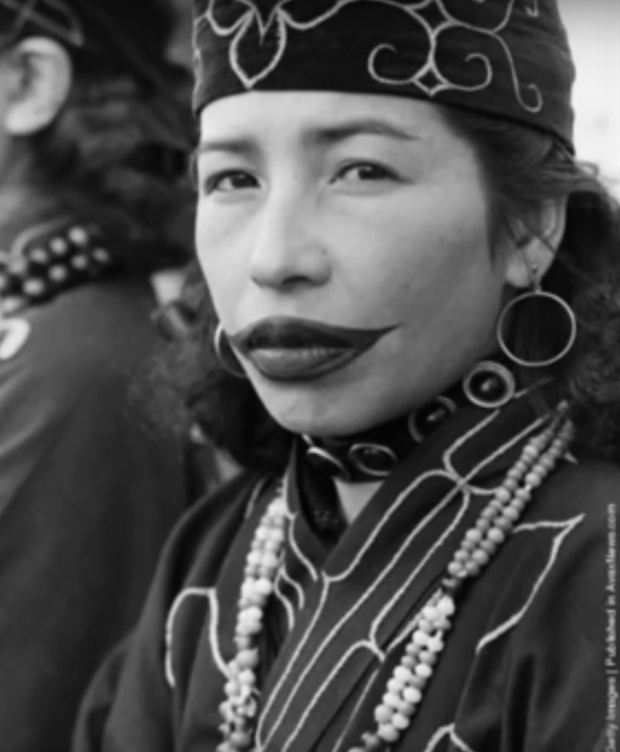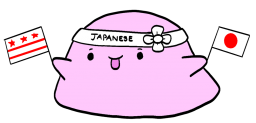By Penelope Morris
One common misconception many people have about Japan is that the majority of its culture consists of anime and other pop culture trends; however, with even a small amount of further research, one can see that one of the most beautiful things about Japan is its juxtaposition of old and new, of traditional and modern, of secluded temples and bustling cities. While these two elements seem to coexist peacefully, there is one part of Japan that has been somewhat left out of the balance: the Ainu.
During class in Japanese Tamago, we have been learning about different regions of Japan and their subcultures, and recently we “travelled” to the land of the indigenous Ainu people. The Ainu are descendants of migrants from what is now Mongolia and are the original inhabitants of Hokkaido, the northernmost of the major Japanese islands. Similarly to Native Americans’ experience in the United States, they have gone through harsh discrimination from the government: after the Jomon period, Japanese began to expand their territory northward from western Japan, and the Ainu were forced to either assimilate or be displaced to Hokkaido. More recently, during the Meiji period, they were granted the status of “former aboriginals,” but were still not treated equally. In the late twentieth and early twenty-first centuries, a series of progressive steps have been made, including a 1997 law for the provision of funds to promote and research Ainu culture, a 2014 manga featuring Ainu characters, and finally in 2019, the formal recognition of the Ainu as an indigenous people of Japan.
Although the Ainu have been discriminated against, they have maintained a unique culture. To start, their language is quite different from Japanese, and is classified as “nearly extinct” by the UN. Additionally, Ainu craftsmen are known for their beautiful wood carvings and traditional robes, which are made from the inner bark of elm trees.
One aspect of Ainu culture that I found particularly interesting was the practice of women tattooing their lips. The marks, called shinue, are started when a girl is young with just a small spot on the upper lip and are added to with age. While the reason women began applying shinue is unknown, some theories include that they are viewed as a symbol of beauty, a means of protecting the body after death, or even a way to prevent being kidnapped by Japanese. Unlike modern tattoos, they are created by rubbing soot of burnt tree bark into an incision in the skin. During the Meiji era, the practice was banned, and though it never recovered its former popularity among the Ainu, some modern women like Ainu artist Mayunkiki (see first link below) wear shinue to show and connect to their cultural heritage.

Despite the many struggles they have gone through, the Ainu still fight today to be acknowledged for the recognition that their unique and endangered culture deserves. If you’d like to learn more about the Ainu, here are some articles and videos:
https://dajf.org.uk/event/the-meaning-of-tattoos-for-ainu-women
https://www.tofugu.com/japan/ainu-japan/
https://soranews24.com/2016/02/23/everything-you-wanted-to-know-about-the-ainu-with-photos-and-video
